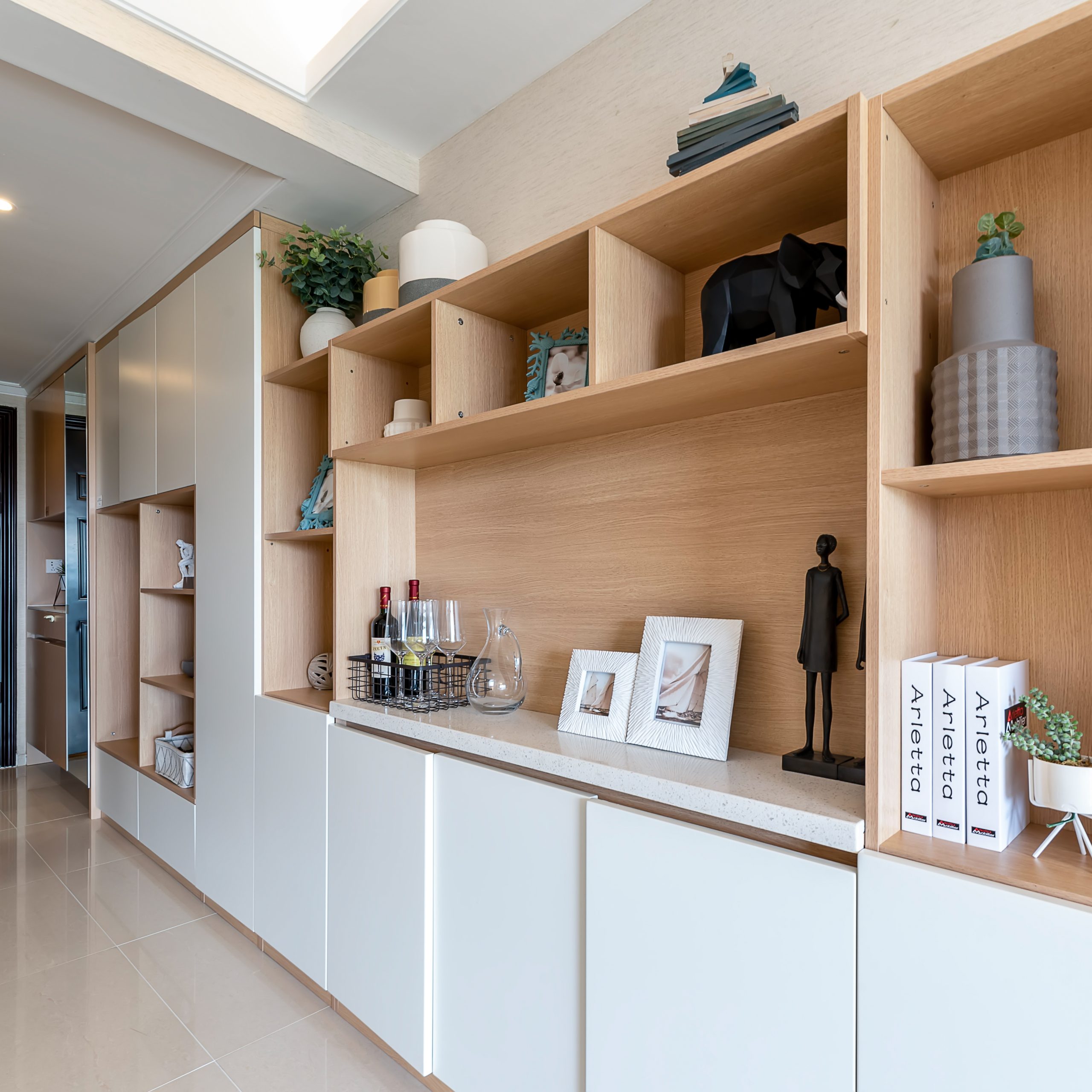When you are looking to redesign your space, the ceiling design may not be the first thing that comes to mind. However, a well-designed false ceiling can completely transform the look and feel of any room. With countless design options available, it’s easy to find a false ceiling design that matches your preferences, and adds value to your space.
What is a False Ceiling?
A false ceiling, also known as a dropped ceiling, suspended ceiling, or secondary ceiling, is a ceiling that hangs below an existing ceiling. False ceilings are usually created to enhance the aesthetics of a room, hide unsightly wires and pipes, and reduce the height of a room for energy conservation purposes.
Types of False Ceilings
There are different types of false ceilings that are used in modern construction. Here are some of the most popular types of false ceiling designs:
- Gypsum board ceilings: These are made from gypsum plasterboard, which is lightweight, eco-friendly, and easy to install. Gypsum board ceilings can be designed in various shapes and patterns, and can be painted or covered with wallpaper.
- POP ceilings: These are made of Plaster of Paris, which is a natural gypsum-based material that is used for decorative purposes. POP ceilings can be designed in intricate patterns and shapes, and can be painted or covered with a layer of acrylic paint.
- Wooden Ceilings: These are made of wood sheets or panels, and can provide a natural look to your room. Wooden false ceilings can be designed in a range of finishes, including veneer, laminate, and PU coating.
Popular False Ceiling Designs
The following are some popular false ceiling designs you can consider for your space:
- Light Trough: This design has a hidden lighting system that illuminates the edges of the ceiling, creating an ambient light effect.
- Cove Ceiling: This design involves creating a curved edge between the ceiling and the wall. The cove is often used to hide indirect lighting fixtures that create a dramatic and elegant look.
- Panelled Ceiling: This design involves creating a square grid on the ceiling with raised panel shapes. The panels can be painted in contrasting colors or covered with wallpaper to add depth and texture to the ceiling.
- Open Beam Ceiling: This design involves exposing the wooden or metal beams of the ceiling. This offers an industrial and modern look, and works well in spacious rooms with high ceilings.
Benefits of False Ceiling Designs
False ceiling designs offer numerous benefits, including:
- Acoustic Benefits: False ceilings can improve the acoustic quality of a room by reducing echo and sound reverberation.
- Energy Conservation: False ceilings can reduce the energy consumption of a room by lowering the ceiling height, which makes it easier to maintain a comfortable temperature in the space.
- Hide Unsightly Cables and Pipes: False ceilings can conceal cables, pipes, and other unsightly features that can detract from the aesthetics of a room.
- Aesthetics and Design Flexibility: False ceilings can add a unique style and design element to your space, and can be customized to match your preferences.
False ceilings offer endless possibilities when it comes to room decor. They provide an opportunity to play with different textures, styles, and colors. Whether you are renovating your home, office, or any commercial space, false ceiling decor is highly recommended because it is affordable, energy-efficient, and chic.
